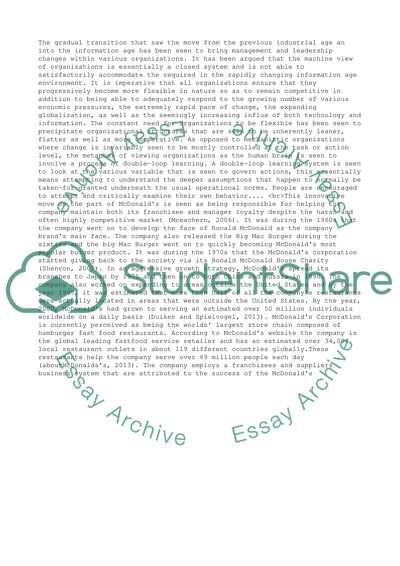Cite this document
(“The Business Organization Of McDonalds Essay Example | Topics and Well Written Essays - 3000 words”, n.d.)
Retrieved from https://studentshare.org/business/1404633-organisation-behaviour
Retrieved from https://studentshare.org/business/1404633-organisation-behaviour
(The Business Organization Of McDonalds Essay Example | Topics and Well Written Essays - 3000 Words)
https://studentshare.org/business/1404633-organisation-behaviour.
https://studentshare.org/business/1404633-organisation-behaviour.
“The Business Organization Of McDonalds Essay Example | Topics and Well Written Essays - 3000 Words”, n.d. https://studentshare.org/business/1404633-organisation-behaviour.


